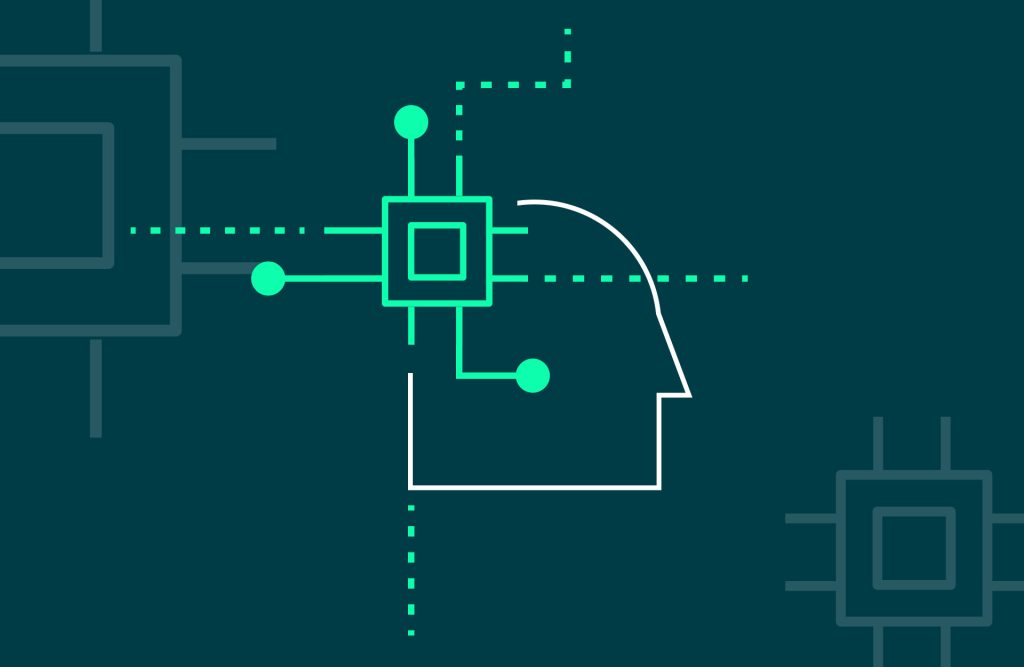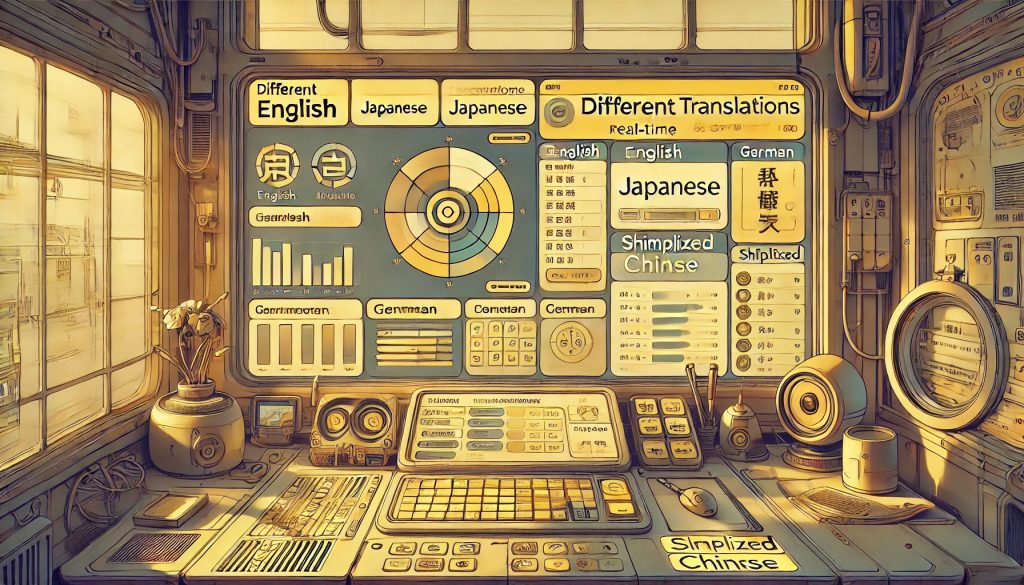In short Yes, Turnitin can detect Deepl translated text. The rise of AI-driven tools in academia, such as DeepL for translation and Turnitin for plagiarism detection, has sparked significant debate. As students increasingly use DeepL to translate academic work, a pressing question emerges: Can Turnitin detect content translated using DeepL? Understanding the interaction between these tools is crucial, given the potential academic integrity implications. This article delves into whether Turnitin can identify content translated with DeepL and discusses strategies for students to navigate this evolving landscape, including the use of ethical tools like Netus AI to avoid detection.
DeepL is an advanced AI translation tool that helps users translate text with high accuracy across multiple languages. Its ease of use and effectiveness have made it a popular choice among students for translating academic papers and assignments. On the other hand, Turnitin is a widely recognized plagiarism detection tool employed by educational institutions worldwide. It compares submitted work against a vast database of academic papers, online sources, and other student submissions to detect potential plagiarism.

The intersection of these tools presents a challenge: while DeepL facilitates language translation, Turnitin’s detection capabilities might not be limited to just identifying copied content in the same language but could potentially flag translations as well.
Many students worry that using DeepL for translating their academic papers might be akin to cheating. This concern stems from the growing scrutiny on AI tools like ChatGPT, which generate content that could be flagged by AI detectors like Turnitin. However, it is crucial to differentiate between content generation and translation. When a student writes content in their native language and then uses DeepL to translate it into another language, the ideas and original content belong to the student. DeepL merely acts as a translation tool, not a content creator.

However, concerns arise when Turnitin’s AI detection features flag translated content as potentially AI-generated. This can occur because some AI detectors rely on linguistic patterns and word frequency metrics, which might misinterpret translated text as AI-generated content. As long as the translated content is the student’s original work, using DeepL should not be considered cheating. Yet, the possibility of false positives in AI detection remains a valid concern for students using translation tools.
False positives are a significant issue when AI detection tools analyze content translated with DeepL. These tools may mistakenly flag translated text as AI-generated due to specific heuristics used in AI detection, such as the frequency and distribution of certain words and phrases. This issue is particularly relevant when students translate work from their native language to English using DeepL. The translation might result in patterns that AI detectors, including Turnitin, misinterpret as indicators of AI-generated content.
For instance, if a student writes an essay in German and uses DeepL to translate it into English, Turnitin might flag the English version as suspicious. The translation process can sometimes result in phrasing or word choices that mimic AI-generated text, leading to unnecessary stress and potential penalties for students who are simply trying to express their ideas in a different language.
Various student experiences shared on platforms like social media and academic forums highlight the complexities of using DeepL in conjunction with Turnitin. Some students report that their instructors have not flagged their work despite using DeepL for translation, suggesting that Turnitin may not consistently detect translated text as problematic. This is especially true when the original content is genuinely the student’s work, and the translation is accurate.
However, there are also instances where students have faced issues. For example, some educators list DeepL among prohibited tools, equating its use with other forms of academic dishonesty. This policy ambiguity creates confusion, as students struggle to understand whether translating their work is allowed. The key takeaway from these experiences is that transparency and clear communication between students and educators are essential. If students are unsure about the acceptability of using DeepL, they should consult their instructors to avoid potential issues.
The question of whether Turnitin can detect text translated using DeepL is nuanced. Turnitin primarily functions by comparing submitted content against its extensive database, which includes academic papers, websites, and previously submitted student work. If a student translates a well-known text from another language into English using DeepL, and that text already exists in Turnitin’s database in the original language, Turnitin might flag the submission as potentially plagiarized. This is because the translation may retain enough of the original structure and content for Turnitin’s algorithms to identify similarities.

However, if the content is original, and only the language has changed through translation, Turnitin is less likely to flag it as plagiarism. The detection largely depends on how closely the translated text resembles existing content in Turnitin’s database and the specifics of the translation.
Given the risks of false positives and potential academic consequences, students are exploring methods to avoid detection by Turnitin while maintaining academic integrity. One such method is using Netus Spinbot, a tool that allows for ethical and sophisticated content adaptation. Unlike traditional paraphrasing tools, Netus AI helps students rephrase their original ideas in a way that avoids detection by AI systems like Turnitin. This approach is particularly useful for students who want to ensure their translated work is not wrongly flagged, while still adhering to the original intent and meaning of their content.
Netus AI offers a unique solution by enabling students to rephrase their work in a manner that mimics human writing patterns more closely, reducing the likelihood of false positives from AI detectors. It also provides a layer of protection for students who need to translate their work but are concerned about potential issues with plagiarism detection software.
Turnitin primarily detects plagiarism by comparing submitted text against its extensive database of academic content, websites, and previously submitted papers. If the original content exists in its database, a translation of that content, even if done through DeepL, could be flagged. However, if the translated content is original and not identical to existing entries in Turnitin’s database, it is less likely to be flagged as plagiarized.
Using DeepL to translate content is not inherently considered cheating, especially if the original content is written by the student. DeepL functions as a translation tool, not a content generator. As long as the ideas and content are the student’s own, using DeepL for translation should not be considered cheating. However, students should check their institution’s policies or consult their instructors to ensure that using translation tools is permitted.
AI detectors like Turnitin might flag translated text as AI-generated because of linguistic patterns and word frequencies that may arise during translation. These patterns can resemble those generated by AI content creation tools, leading to false positives. This is especially a concern when translating from one language to another, as the structure and word choice might be significantly altered.
To avoid issues, ensure that your translated content remains as faithful to your original ideas as possible while still being distinct from existing content. Additionally, using tools like Netus AI can help adapt and rephrase your text in a way that reduces the likelihood of detection by AI systems like Turnitin.
If your instructor has prohibited the use of translation tools like DeepL, it’s important to follow their guidelines. If you feel that you need to use a translation tool, discuss it with your instructor to see if exceptions can be made or to clarify how you can use such tools ethically within the framework of your course.
Turnitin has developed capabilities to detect AI-generated content, such as essays created by AI tools like ChatGPT. However, its ability to detect AI-generated content is not foolproof, especially if the content has been heavily edited or paraphrased using tools designed to evade detection.
Netus AI is a tool designed to help students ethically rephrase and adapt their content to avoid detection by AI plagiarism checkers like Turnitin. It allows students to maintain the integrity of their original ideas while ensuring their work does not get wrongly flagged by AI detectors. Netus AI is particularly useful for students translating their work or using AI-generated content that needs to be rephrased for academic submissions.
Using machine translation, like DeepL, can be beneficial for non-native speakers who need to submit work in another language. However, it’s essential to review and refine the translated text to ensure it accurately conveys your original ideas and adheres to your institution’s academic integrity guidelines. When in doubt, consult your instructor about the acceptable use of such tools.
To minimize the risk of your work being flagged by Turnitin, focus on thoroughly reviewing and editing the translated content to ensure it reflects your original intent without mimicking existing content too closely. Consider using tools like Netus AI to further refine your translation and ensure that it reads naturally while avoiding detection.
If Turnitin flags your translated text as plagiarized, review the flagged sections to understand why they were identified. If you believe it’s a false positive, you should discuss the issue with your instructor, providing evidence of your original work and explaining the translation process you used. Clear communication and transparency are key in resolving such issues.
Through digital leadership we empower people to leverage the opportunities in global economy
@ 2024 Netus AI.